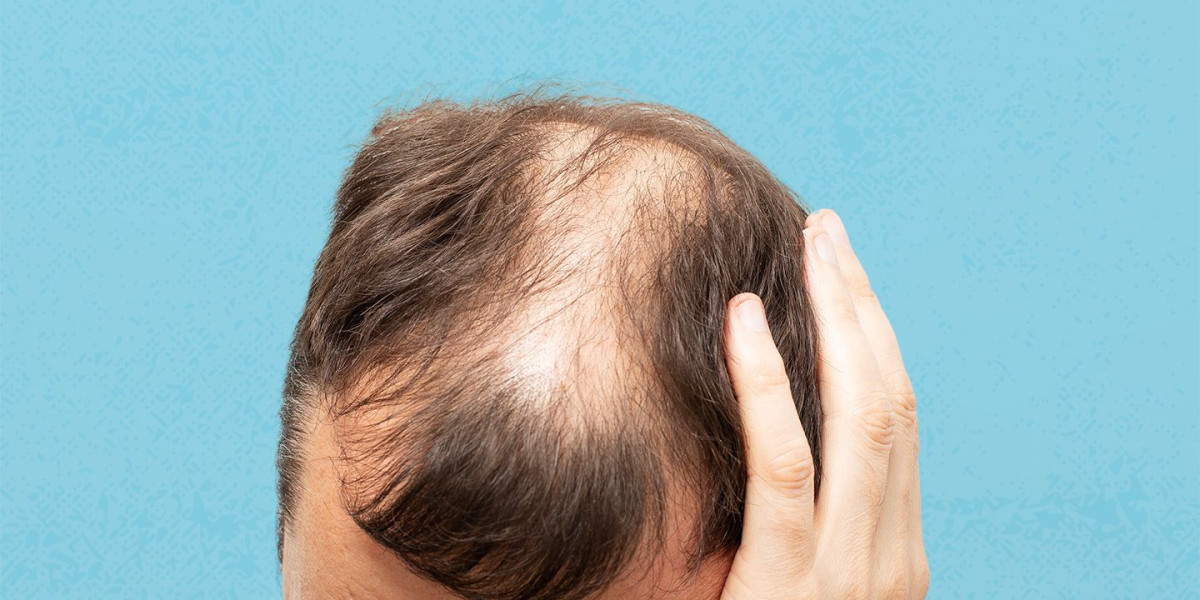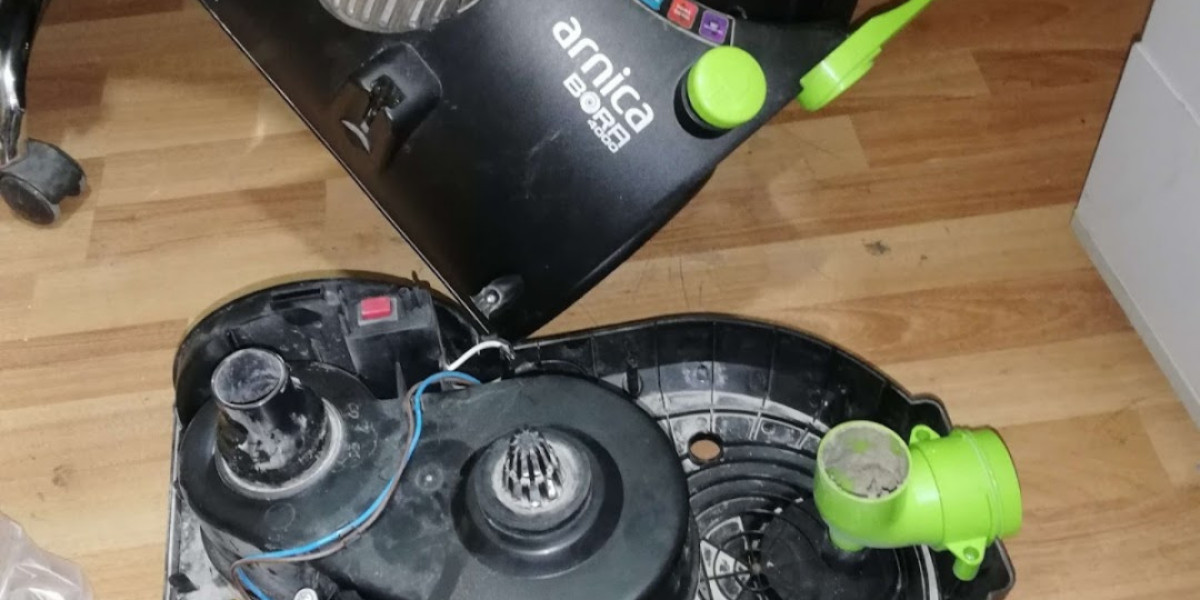Alopecia Areata is a challenging condition that affects millions of people worldwide, causing sudden hair loss in patches. For many, including myself, dealing with this autoimmune disorder can feel overwhelming and emotionally draining. However, my journey to finding the right treatment and reclaiming my hair taught me that hope and solutions are possible.
In this article, I’ll share my personal story, including how I cured my Alopecia Areata with persistence, the right guidance, and proven treatments. Whether you’re someone living with Alopecia Areata or a distributor looking to provide the best solutions, this guide will offer insights and valuable resources.
Understanding Alopecia Areata
Alopecia Areata is an autoimmune condition where the body’s immune system mistakenly attacks hair follicles, leading to hair loss. This condition can vary from small patches of hair loss to more extensive forms, like Alopecia Totalis or Alopecia Universalis.
Key facts to know about Alopecia Areata:
- It’s unpredictable: Hair loss can occur suddenly and may regrow without treatment, though recurrence is common.
- It’s not contagious: The condition stems from immune dysfunction, not external factors.
- Treatments vary: While there’s no universal cure, many therapies can promote regrowth and manage symptoms.
For me, the journey began with a small bald spot on my scalp. At first, I dismissed it as stress-related shedding, but as the patches grew, I knew I needed to take action.
The Trial and Error Phase
Like many people with Alopecia Areata, I tried several remedies before finding the right one. Here are some of the treatments I experimented with:
Topical Corticosteroids:
My dermatologist prescribed a steroid cream to reduce inflammation in the affected areas. While this helped slow the progression, it wasn’t enough to stimulate significant regrowth.Minoxidil:
Commonly used for androgenetic hair loss, Minoxidil (like Minoxiboon 5mg) was part of my regimen. It helped promote hair growth in some areas but didn’t address the underlying autoimmune issue.Natural Remedies:
I tried oils, herbal supplements, and even scalp massages based on anecdotal recommendations. These may have improved scalp health but didn’t provide consistent results for my condition.
These early efforts taught me an important lesson: treating Alopecia Areata requires a targeted approach that addresses both the immune system and hair regrowth.
How I Cured My Alopecia Areata
The turning point in my journey came when I discovered a combination therapy approach. Here’s what ultimately worked for me:
1. Immunosuppressants and JAK Inhibitors
Working with a specialist, I began a treatment plan that included JAK inhibitors, which target the immune system’s overactive response. Medications like Tofacitinib and Baricitinib have shown promising results for Alopecia Areata, and in my case, they helped stop the progression and restart hair regrowth.
2. Corticosteroid Injections
In addition to oral medications, my dermatologist administered corticosteroid injections directly into the affected patches. This targeted treatment reduced inflammation and stimulated regrowth in stubborn areas.
3. Healthy Lifestyle Changes
While medical treatments addressed the root cause, I also focused on improving my overall health. Incorporating anti-inflammatory foods, regular exercise, and stress management into my routine supported my recovery.
4. Patient Support Groups
Connecting with others who had overcome Alopecia Areata was invaluable. Their experiences gave me the confidence to persevere and explore options until I found what worked for me.
Through this combined approach, I can confidently say that I cured my Alopecia Areata, achieving long-term remission and regrowth.
What This Means for Distributors and Suppliers
For distributors and suppliers, understanding the diverse treatment options for Alopecia Areata is crucial to meeting the needs of healthcare providers and patients. Here are some tips for sourcing the right products:
- Focus on Proven Therapies: Stock FDA-approved treatments such as corticosteroids, Minoxidil, and emerging options like JAK inhibitors.
- Offer a Range of Products: Include both pharmaceutical solutions and complementary products like scalp care and natural remedies.
- Educate Your Clients: Provide detailed product information and case studies to help healthcare providers make informed decisions.
- Partner with Trusted Manufacturers: Platforms like B2BPharmahub connect you with verified suppliers offering high-quality, compliant products.
Emerging Trends in Alopecia Areata Treatment
The landscape of Alopecia Areata treatments is evolving rapidly. Some key trends to watch include:
- Biologic Therapies: Advanced treatments targeting specific immune pathways.
- Personalized Medicine: Tailored approaches based on a patient’s genetic profile.
- Topical Innovations: New delivery methods for medications to improve effectiveness and convenience.
By staying informed about these developments, businesses can better serve the growing demand for Alopecia Areata solutions.
Conclusion
Finding the right treatment for Alopecia Areata is a journey that requires patience, research, and expert guidance. For me, the path to recovery involved trial and error, but with the right combination of therapies and support, I cured my Alopecia Areata and regained my confidence.
For businesses in the pharmaceutical industry, sourcing and distributing high-quality Alopecia Areata treatments can make a significant difference for patients like me. Platforms like pharmaceutical products supplier provide the resources and connections needed to streamline this process, ensuring that life-changing treatments reach those who need them most.
Whether you’re a patient seeking solutions or a distributor looking to expand your product range, the key is persistence and a commitment to quality. Together, we can transform the Alopecia Areata journey into one of hope and success.








